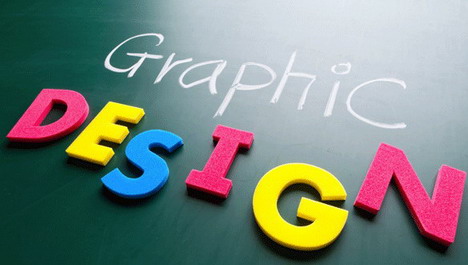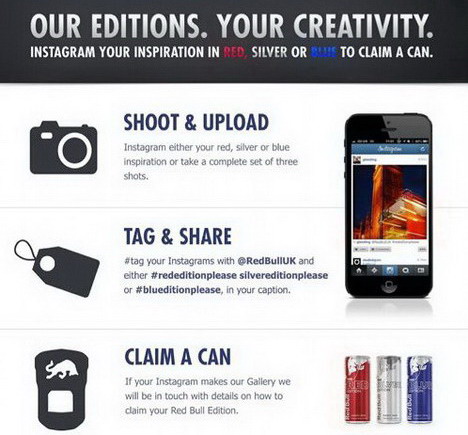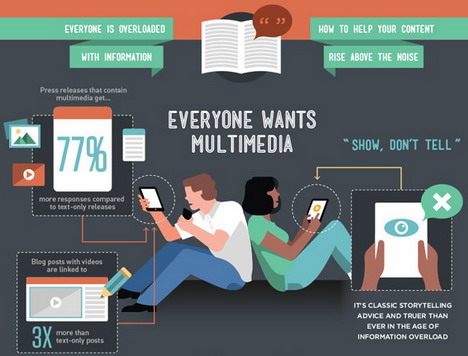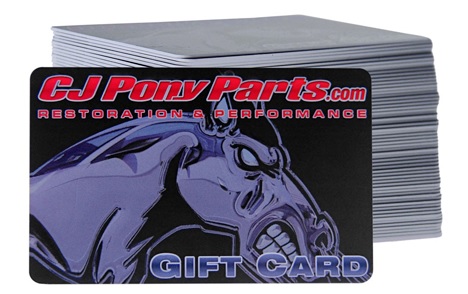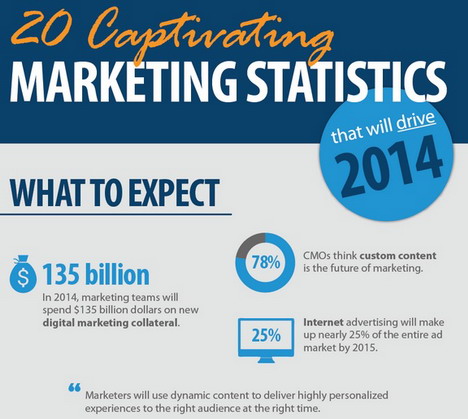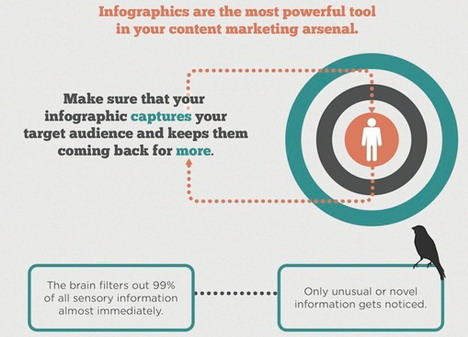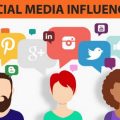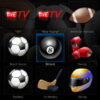6 Tips to Designing Graphics that will Further Your Brand
If you accept the premise the language of design (inclusive of brand marks, logos, graphic architecture, etc.) establishes the methods of identification for all brands regardless of size or standing, you must also accept the notion the designers responsible are important assets in the creation of those brands.
Coming to terms with that idea brings you one step closer to understanding the vital role visual communication plays in both the construction of brand identities and in solidifying a brand’s position in the marketplace.
As such, businesses need to invest more heavily in stylistically changing and flexible visual design if they are to succeed, and it is for this very reason infographics and other forms of data visualization are still enjoying their meteoric rise in uptake and implementation.
Data Visualization as Part of Relations Campaigns
Over 90 percent of information absorbed by the human brain is visual, so when it comes to data, visual content is key — a fact many communications professionals are beginning to recognize and tap into.
Fortunately, you do not need to be an ace designer to make a statement about your brand or make an impact, but it does help to simplify the information into coherent and consumable snippets that are easily palatable by the reader.
Below you’ll find six recommendations intended to organize and direct your efforts when creating consistent graphics and visual directives to further your brand.
1. Tap into Social Media and Make Your Content Shareable
Social media, judging by the numbers, is an area you cannot ignore when preparing visual content for digital release. With so many millions of users, it is a platform that can increase any brand’s recognition to galactic proportions literally overnight and one that should form the basis of any and every branding strategy.
Keep in mind infographics are more than just mere vehicles for communicating data. They can become effective as marketing tools in their own right provided you include your company’s brand mark somewhere toward the end of the visual. This will help to ensure when the information gets shared or goes viral, the benefits will continue to flow back in your direction.
2. Integrate Brand Colors
Many of the most well-known brands typically align themselves with particular color schemes to differentiate themselves from their competitors. In this way they appear to be visually different even if their products are similar, and in some cases they have gone onward to achieve great success.
For example, in 2013, Red Bull launched its new line entitled, Editions, via an Instagram campaign that introduced three new flavors utilizing the brand’s colors — red (cranberry), blue (blueberry) and silver (lime). Fans were then encouraged to upload photographs to the website, tag and share them, and, finally, claim a can of their preferred flavor if they qualified.
While this may not be an option for you, the idea is valid. Implementing something similar could result in a positive and lasting impression upon your audience.
3. Keep It Consistent
If you think about it, infographics are basically collages of statistical information arranged in an appealing and consistent way. As such you’ll want to avoid creating any “visual noise” that will detract from what you are trying to say.
To ensure your information is consistent, choose a color palette, style and font, and stick to it. If you venture too far outside the box, you run the risk of diluting your message and thus the effectiveness of the graphic design.
4. Embrace All Forms of Visual Communication
While infographics may stand out as being some of the more easily accessible forms of visual communication, remember the digital age has provided a range of other viable options such as motion graphics, whiteboard animation and interactive holiday guides, to name a few.
Using CJ Pony Parts as a case study, it can be easily seen how powerful well-designed and intuitive interactive holiday guides can be when effectively executed. This type of media has particular appeal when used in direct email marketing campaigns as it presents clear calls to action that entice the potential end-user to click and convert.
When quality content is presented in unique formats, the information becomes more convincing and influential. This will ultimately drive traffic back toward your website, furthering your branding presence.
5. Make Your Visuals Support Your Data
Essentially when you go about creating an infographic, keep in mind certain visuals will suit specific pieces of information better than others and symbolism will play a major role in how readers process that information.
For instance, in the image above you’ll find quotation marks are used to highlight lengthy snippets of text while a money bag is used to represent a dollar amount. The reason for this is because the meanings of such symbols become iconic when used in this way and are universally understood.
Every form of visual communication that makes use of symbolism is able to direct and inform users of the intended path. This helps break through language barriers and enables brands to reach and appeal to wider target audiences.
6. Ensure Your Graphics Are Both Interesting and Accurate
The primary purpose of graphics are to promote awareness surrounding a particular product, issue, event or idea. The best examples are those that prioritize a clearly defined message and communicate accurate information without being tedious or difficult to read through.
You need to first capture your audience’s attention with appealing imagery and then make sure the written content holds their focus. If you can do this, your graphic will become an invaluable marketing tool over the short, medium and long term.
At the end of the day, the construction of an effective graphic is not an exact science and it may take some trial and error before you develop a winner. What is evident, however, is that the potential results are certainly worth your time and effort!
Tags: branding, graphic design resources, marketing, tips & tricks



